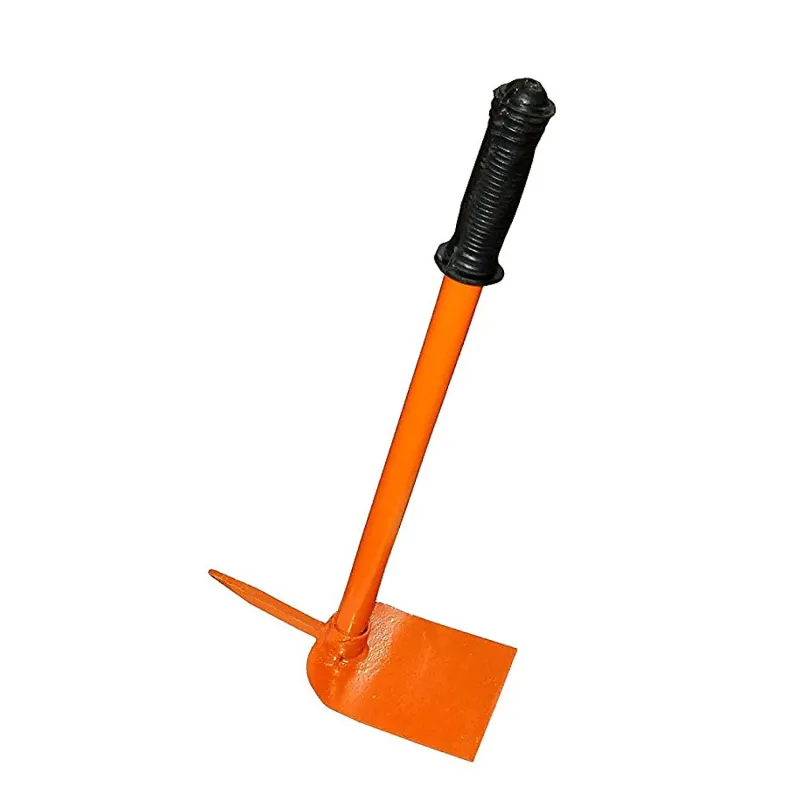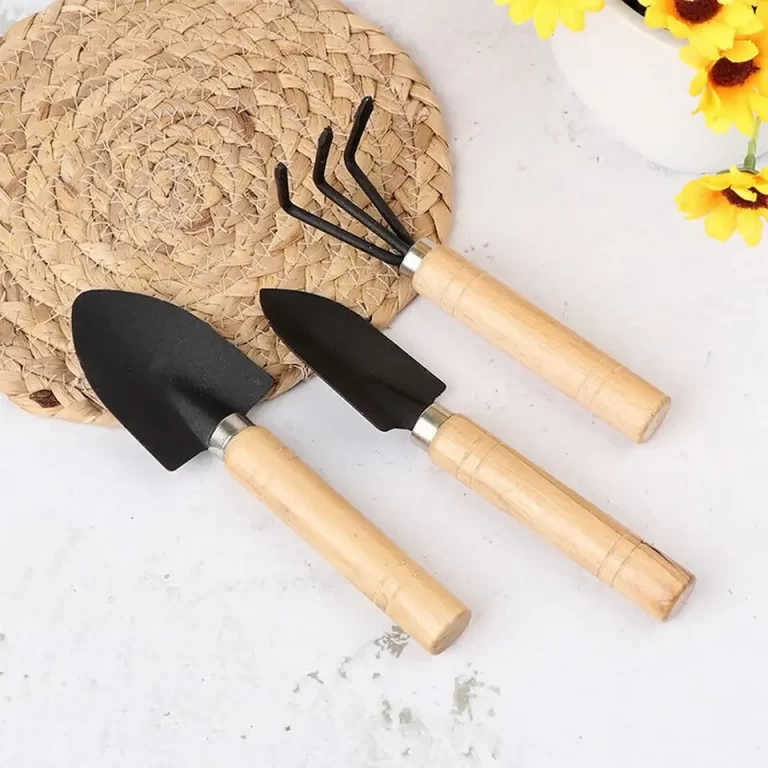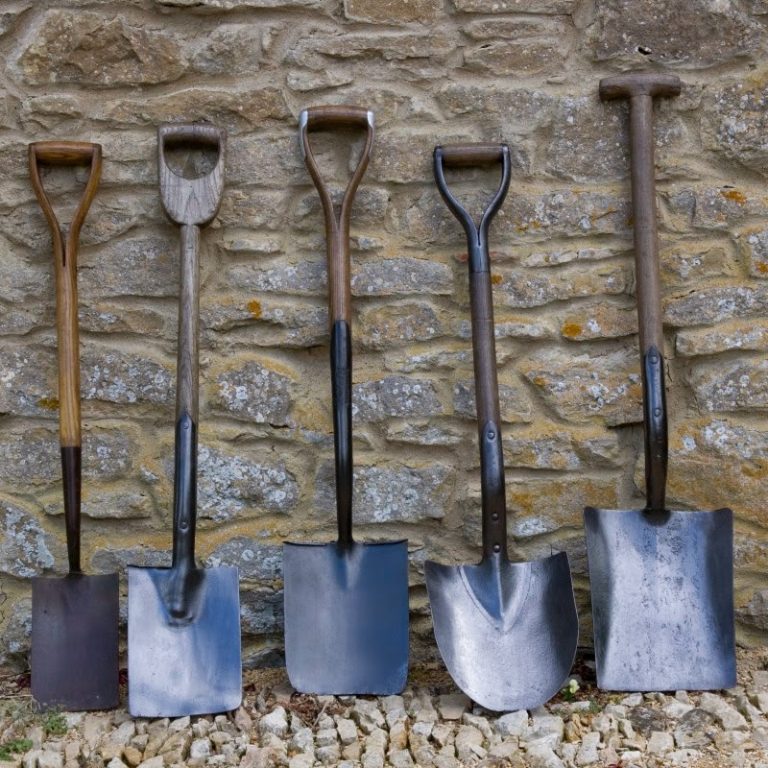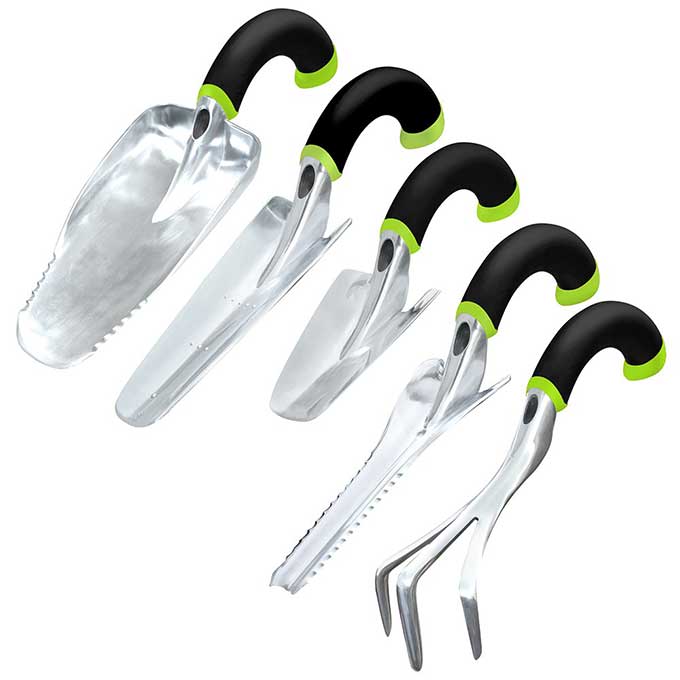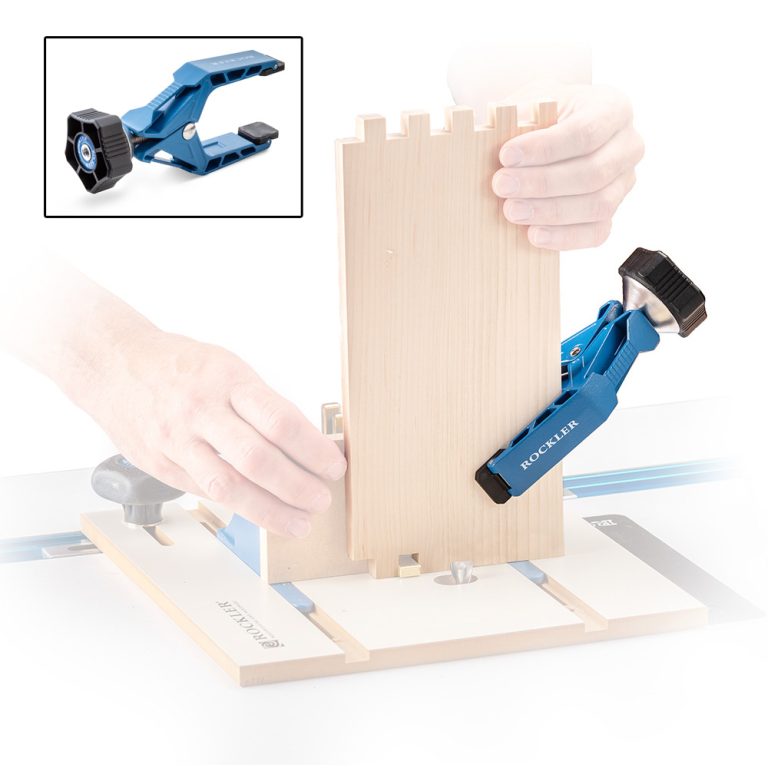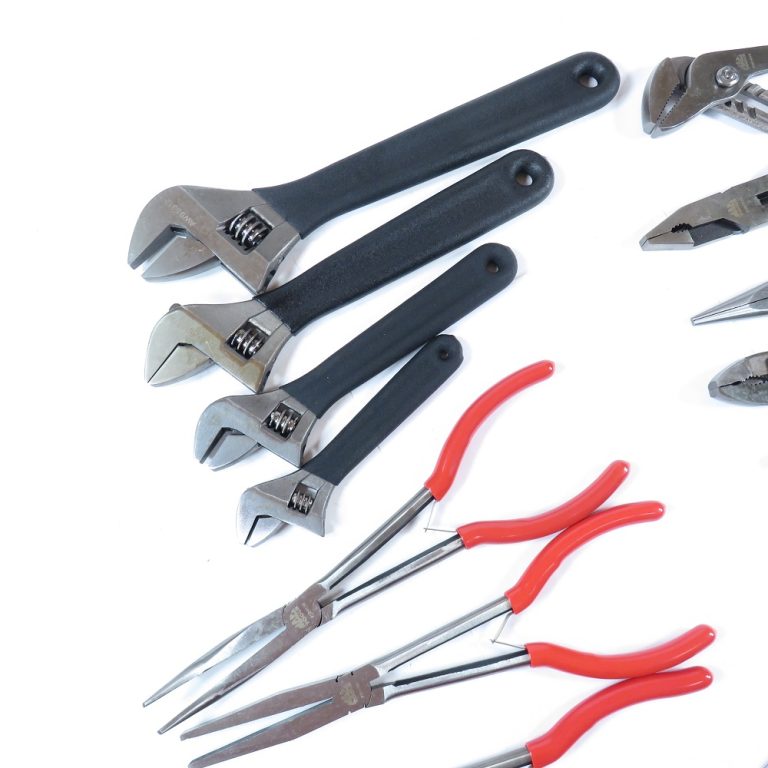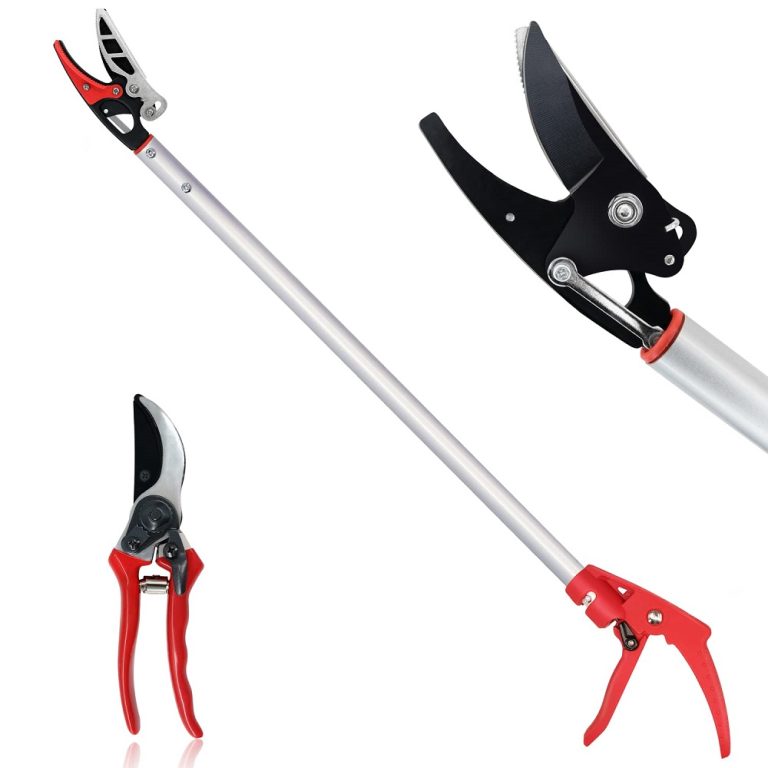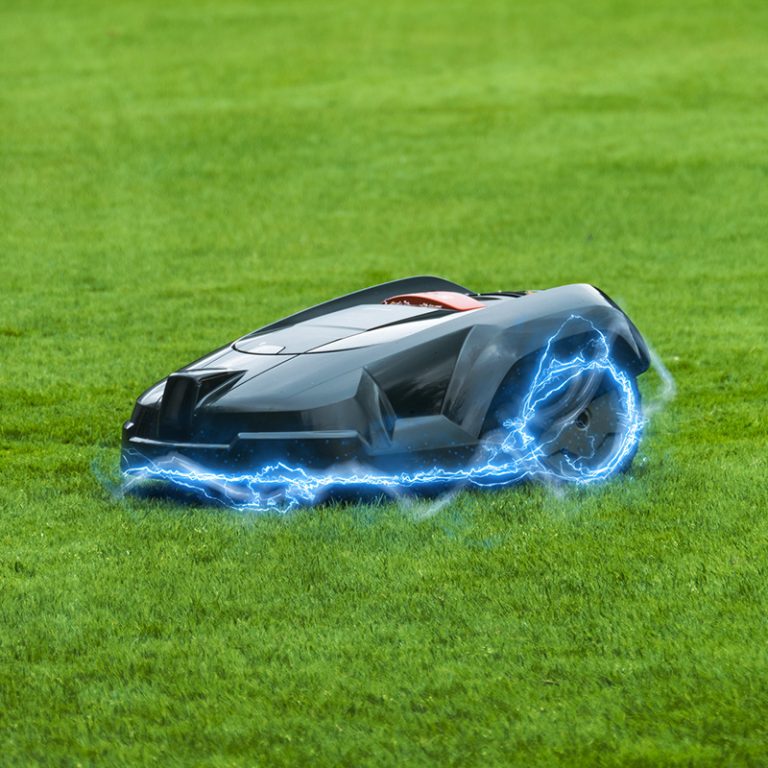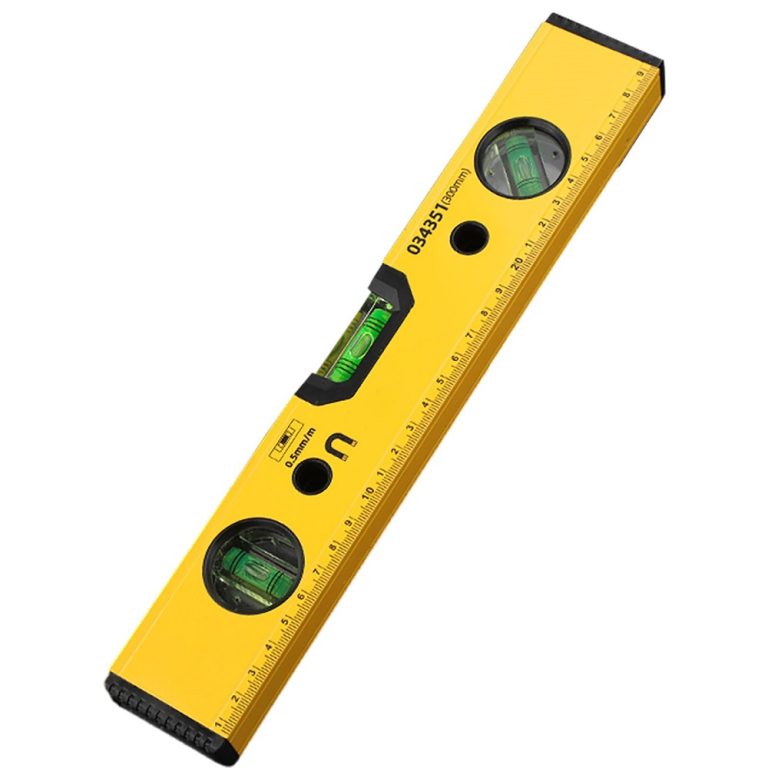Why Choosing the Right Gardening Tools Matters
Gardening is rewarding, but it requires effort and the right gardening tools. The right tools make tasks easier, faster, and more efficient. They also prevent unnecessary strain on your body.
Using unsuitable tools can damage plants or soil. For instance, a poor-quality trowel may break while digging. Pruning shears that don’t cut well can harm plants, making them vulnerable to disease.
Proper tools also help you work safely. Sharp, sturdy tools reduce the risk of injury. Tools designed for ergonomic use reduce fatigue and discomfort during long sessions.
Investing in quality gardening tools can save money over time. Durable tools last longer and perform better, reducing the need for frequent replacements. Whether you’re planting seeds or trimming bushes, the right tools simplify gardening and ensure better results.
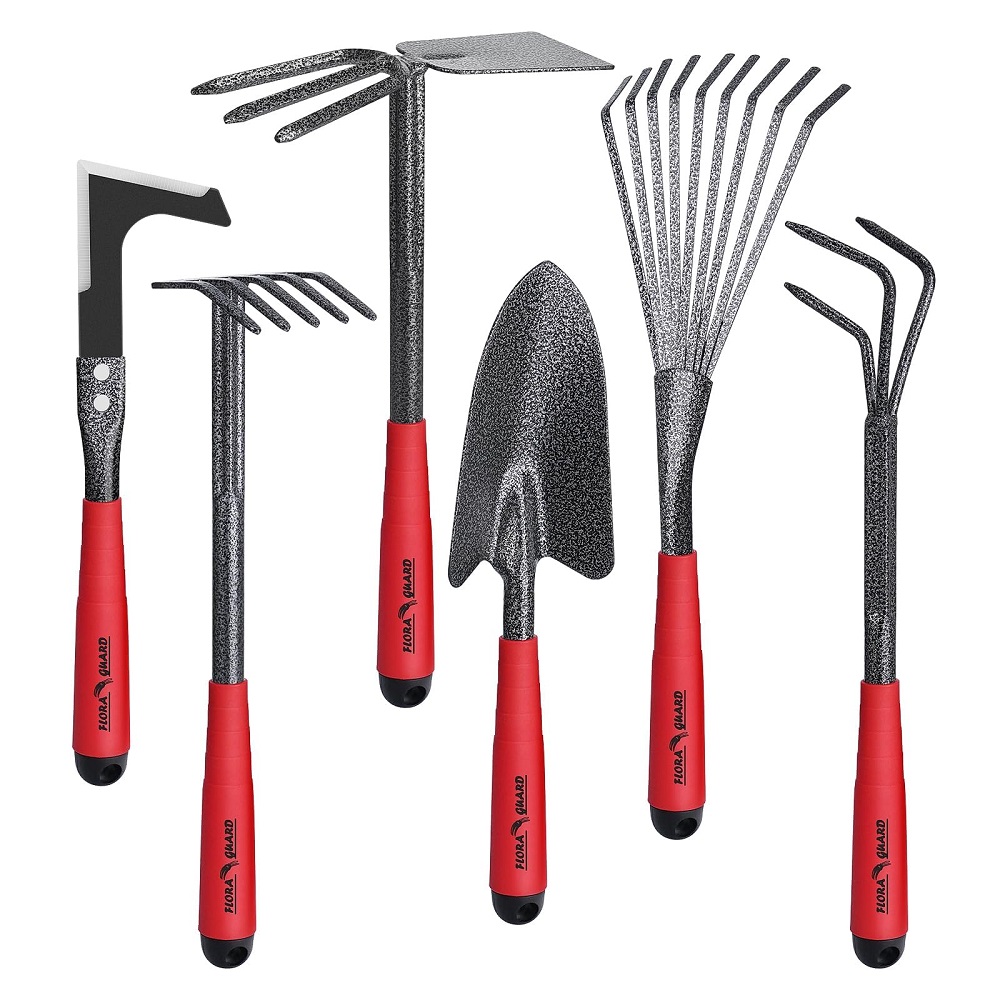
Basic Gardening Tools Every Beginner Needs
Starting a garden can feel overwhelming, but the right gardening tools make it enjoyable. As a beginner, focus on essential tools to get started. Below are three must-have gardening tools every novice gardener should own.
Hand Trowel
A hand trowel is essential for multiple gardening tasks. It helps dig small holes for planting seeds or young plants. Use it to transplant seedlings or remove weeds from tight spaces. Opt for a sturdy, ergonomic model for comfort and durability. Look for stainless steel blades to avoid rust and ensure long-lasting use. This versatile tool makes planting and soil preparation much easier.
Pruning Shears
Pruning shears are crucial for maintaining plant health. Use them to trim small branches, dead leaves, or overgrown plants. Sharp pruning shears ensure clean cuts, reducing the risk of disease in plants. Choose a model with a comfortable handle to reduce hand strain. Bypass pruners are ideal for live branches, while anvil pruners work well on dead stems. Always keep them sharp and clean to maximize effectiveness.
Garden Fork
A garden fork is perfect for breaking up compact soil or aerating garden beds. It helps turn the soil and mix in compost or fertilizer. Look for a sturdy fork with strong tines that can penetrate tough ground. A comfortable handle improves grip and control during heavy-duty tasks. Garden forks also make digging up root vegetables easier. They save time and effort during soil preparation.
Investing in these basic gardening tools ensures you’re well-equipped to start gardening. As you gain experience, you can expand your toolkit with more specialized tools.
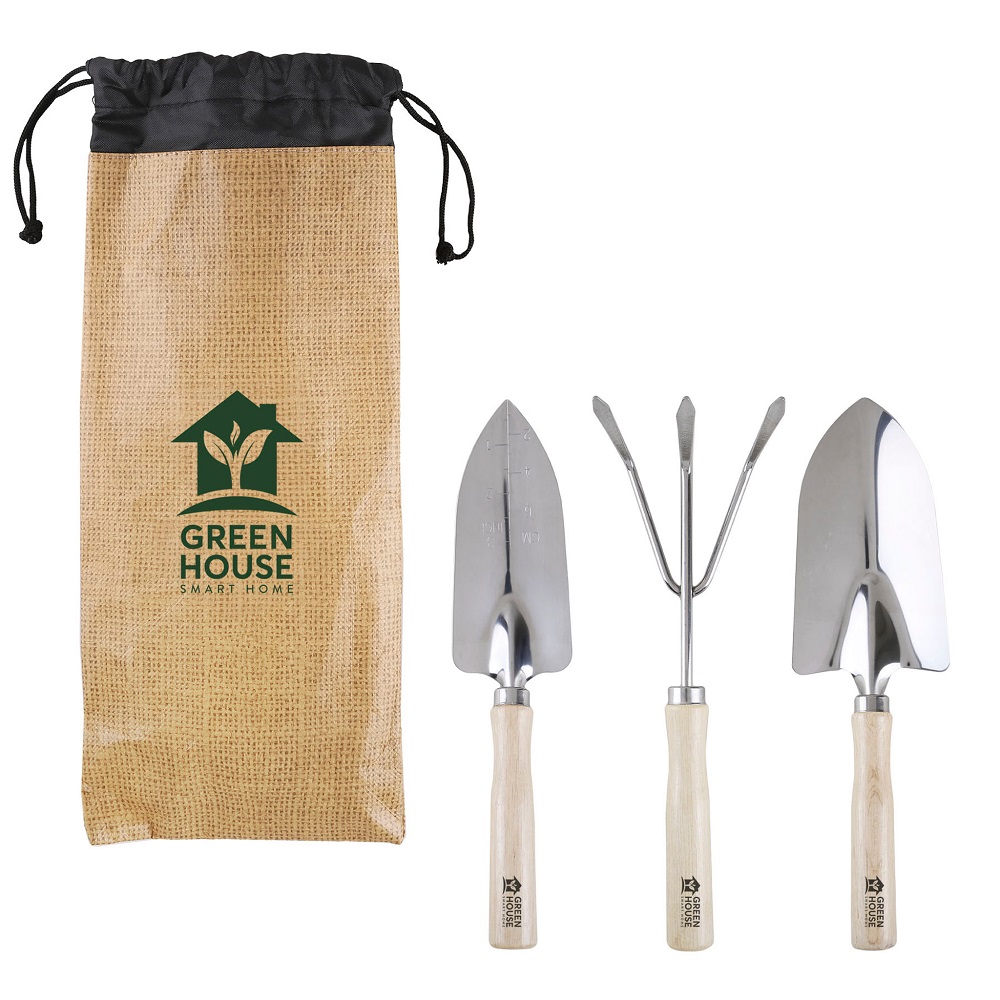
Tools for Soil Preparation
Preparing soil is an essential part of gardening. Proper soil preparation ensures healthy plants and easier maintenance. To achieve this, you need specific gardening tools. Below are three key tools for soil preparation.
Garden Hoe
A garden hoe is ideal for breaking up soil and removing weeds. It helps you create planting rows and furrows with ease. Use it to loosen soil and clear unwanted debris. Choose a hoe with a sturdy blade to handle tough ground. Ergonomic handles provide comfort during extended use.
Rake
A rake is indispensable for leveling soil and removing rocks or debris. Use it after digging or turning soil to create a smooth surface. Rakes also help spread mulch or compost evenly. Look for one with durable, rust-resistant tines for long-lasting use. A lightweight handle ensures better control and reduces strain.
Shovel or Spade
Shovels and spades are essential for digging and moving soil. Use them to plant trees, dig garden beds, or transfer soil. Spades offer precise digs, while shovels are better for scooping and moving. For durability, choose models with stainless steel blades. Comfortable, firm handles improve grip and ease heavy tasks.
Equipment for Plant Care and Maintenance
Proper plant care requires specific tools that ensure your garden stays healthy and thriving. This section highlights three essential items for nurturing your plants.
Watering Can and Hose
Water is vital for plant growth, making watering tools a must-have. A watering can is perfect for precise, targeted watering, especially for delicate plants or containers. Choose one with a comfortable handle and spout for easy use. For larger gardens, a hose saves time and effort. Select a durable, kink-free hose with adjustable nozzles for watering flexibility. Proper irrigation tools ensure your plants get the right amount of water efficiently.
Weeder
Weeds compete with your plants for water and nutrients, making a weeder essential. Hand weeders work well for small gardens, letting you remove weeds without disturbing the soil. For larger areas, long-handled weeders reduce strain on your back. Look for models with strong blades for difficult weed removal. Weeding regularly prevents overgrowth and protects your plants from resource competition.
Gloves for Protection
Gardening gloves protect your hands from cuts, blisters, and dirt. They’re essential for handling thorny plants or rough soil. Opt for gloves made of durable material like leather or rubber that offer flexibility and comfort. Water-resistant gloves are ideal for wet conditions, ensuring your hands remain dry. Proper gloves help you work safely and comfortably, reducing injuries while maintaining your garden.

Tools for Harvesting and Pruning
Proper harvesting and pruning are key to maintaining a healthy and productive garden. The right tools ensure clean cuts and efficient work while minimizing damage to plants.
Harvesting Knife
A harvesting knife is essential for cleanly cutting fruits, vegetables, and herbs. It helps avoid damaging plants during harvesting. Choose a sharp knife with a sturdy blade for precise cuts. Stainless steel blades resist rust and last longer. Ergonomic handles improve grip and comfort during extended use. A compact, lightweight design makes it easy to maneuver in tight spaces.
Loppers
Loppers are ideal for cutting thicker branches and stems. They offer more power than pruning shears for heavy-duty tasks. Use loppers to remove dead or overgrown branches to promote healthy plant growth. Long handles increase leverage and reduce strain on your hands. Look for sharp blades made from high-quality steel for clean, efficient cuts. Adjustable handles provide flexibility and extra reach. Regular cleaning and sharpening improve durability and performance.
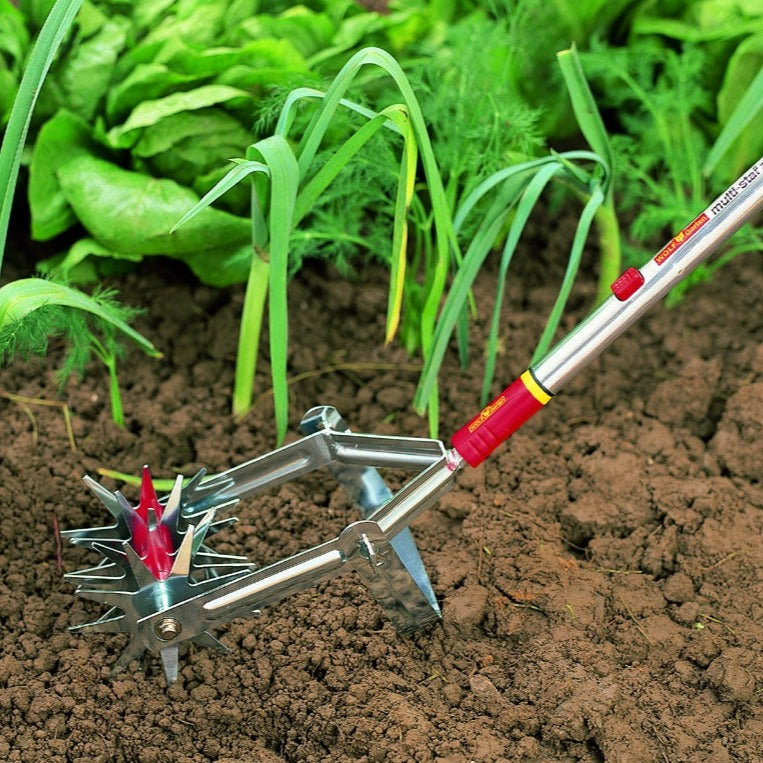
How to Maintain and Store Gardening Tools
Proper maintenance and storage of gardening tools ensure they last longer and perform effectively. Taking care of your tools not only saves money but also makes gardening tasks safer and easier. Follow these simple steps to keep your gardening tools in excellent condition:
Cleaning Your Tools
- Always clean tools after each use to remove dirt and debris.
- Use a stiff brush or cloth to scrub off soil.
- For stubborn dirt, rinse tools with water and dry them immediately to prevent rust.
Sharpening and Oiling
- Regularly sharpen blades of cutting tools like pruning shears and loppers for clean cuts.
- Use a sharpening stone or file to restore blade edges.
- Apply machine oil to metal parts to prevent rust and ensure smooth operation.
Checking for Damage
- Inspect handles and blades for cracks or splinters before and after use.
- Replace damaged parts immediately to avoid accidents or tool failure.
Storing Tools Properly
- Store tools in a dry, covered space such as a shed or garage.
- Hang tools on hooks or place them on shelves to prevent damage.
- Use a toolbox or organizer for smaller tools like trowels or gloves.
- Avoid leaving tools outdoors to protect them from moisture and sunlight.
Seasonal Maintenance
- Perform a thorough inspection and cleaning at the start of each season.
- Sand wooden handles and apply linseed oil to maintain their durability.
- Check screws, nuts, and bolts on tools to ensure they are tight and secure.
These maintenance steps will keep your gardening tools reliable and long-lasting. Well-maintained tools save you time, money, and extra effort, making your gardening experience more enjoyable.
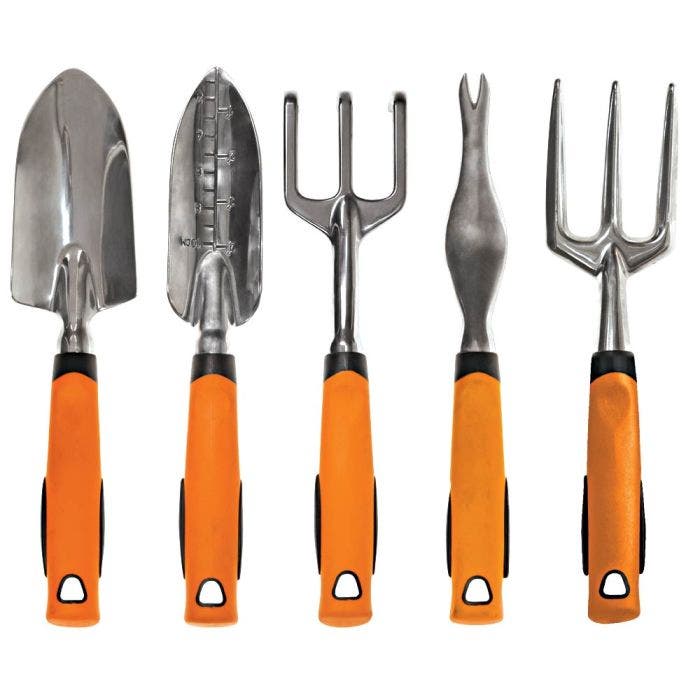
Budget-Friendly Tips for Assembling Your Gardening Toolkit
Gardening doesn’t have to cost a fortune. With some smart strategies, assembling a gardening toolkit can be affordable and effective. Here are key tips to help you build a budget-friendly toolkit:
Start Small with Essentials
- Focus on buying only essential gardening tools at first.
- Prioritize tools like a hand trowel, pruning shears, and a garden fork.
- Add more tools gradually as your gardening needs grow.
Look for Multi-Purpose Tools
- Choose tools that can perform multiple tasks to save money.
- For example, a garden hoe can be used both for weeding and breaking soil.
- Multi-functional tools reduce the need for a larger toolkit.
Buy Second-Hand or Borrow Tools
- Check local thrift stores or online marketplaces for used gardening tools.
- Borrow tools from friends or neighbors for occasional tasks.
- Renting equipment for one-time use is another cost-effective option.
Shop Sales and Clearance Sections
- Look for discounts during seasonal sales or end-of-season clearances.
- Many gardening stores offer great deals on tools at specific times of the year.
- Sign up for newsletters or loyalty programs to receive updates on sales.
Opt for Durable, Affordable Brands
- Choose durable tools from trusted, budget-friendly brands.
- Read reviews to ensure the tools perform well and last long.
- Remember, cheap doesn’t always mean low quality.
DIY and Improvisation
- Get creative by repurposing household items as gardening tools.
- Use an old spoon as a makeshift trowel or a kitchen knife for weeding.
- DIY solutions help save money while reusing items.
Care for Your Tools Properly
- Regular maintenance ensures tools last longer, reducing replacement costs.
- Clean, sharpen, and store tools properly after each use.
- Well-maintained tools offer better performance and durability.
Starting your gardening journey doesn’t need to break the bank. With these tips, you can create an effective toolkit without overspending. Saving money on tools leaves more room in your budget for plants and other garden essentials.
Expanding Your Gardening Tool Collection
Researching Specialized Tools
As you become more experienced in gardening, you may want to explore specialized tools that cater to specific tasks or plants. Depending on the types of plants you grow, certain tools may greatly enhance your gardening experience. For example, if you decide to grow vegetables, a specialized hoe or cultivator can help manage weeds and soil health more efficiently.
Additionally, a good pair of ergonomic pruners designed specifically for gardeners can make cutting and shaping plants much easier. Tools specifically designed for certain tasks often provide better results and can save time by making activities easier. Researching and investing in these specialized tools will enable you to refine your gardening techniques, resulting in a more successful garden.
Learning Proper Tool Maintenance
Understanding how to care for your gardening tools will significantly extend their lifespan and maintain their effectiveness. After each use, it is essential to clean your tools properly. Remove any dirt, grime, or plant debris to avoid rusting and damage. For metal components, a simple scrub with soapy water followed by thorough drying will do wonders.
It’s also a good idea to sharpen blades and edges regularly. Dull blades can make tasks more laborious and even cause injury. Investing time in regular maintenance will allow you to enjoy efficient and safe gardening practices. Keeping your tools in top shape will enhance every gardening experience, making them feel brand new each time you use them.
Connecting with the Gardening Community
Engaging with the gardening community can be invaluable as you start your journey. Seek out local gardening clubs, community gardens, or workshops that can provide additional resources and support. Connecting with experienced gardeners can offer insights into which tools and techniques work best in your area.
Participating in community gardening events also provides a platform to share knowledge and experiences. Online forums and social media groups dedicated to gardening can also facilitate exchange among enthusiasts. Building relationships within this community encourages growth not only in your garden but also in your gardening skills and knowledge.
Embracing a Sustainable Approach
As you navigate your gardening journey, consider adopting a more sustainable approach. Sustainable gardening practices focus on preserving the environment while cultivating plants. This involves choosing tools that reduce the use of chemicals and minimizing waste using efficient gardening techniques.
Many gardening tools, such as composters or rain barrels, can help create a more eco-friendly garden. Additionally, using organic fertilizers and pest control methods enhances sustainability. Embracing sustainable practices not only benefits your immediate gardening efforts but also contributes positively to the larger ecosystem.
Conclusion
Cultivating a Love for Gardening
In conclusion, choosing the right gardening tools is essential for a fulfilling and enjoyable gardening experience. Embracing quality and practicality while prioritizing comfort will streamline your tasks and enhance your connection to nature. As you invest in the essential tools outlined in this guide, you can develop your gardening skills and cultivate a beautiful outdoor space.
Achieving Success with Dedication
Gardening requires patience, dedication, and a willingness to learn. By following the tips provided in this article, you’ll be well on your way to creating a flourishing garden that reflects your hard work and artistry. Remember to embrace the journey, as every step taken in your garden contributes to your growth as a gardener.
With the right tools, knowledge, and community support, you are empowered to cultivate a thriving garden. Your commitment to gardening will not only yield produce or flowers but also foster a deeper appreciation for the natural world. Get ready to dig in, plant seeds, and enjoy the rewarding aspects of gardening for years to come!
